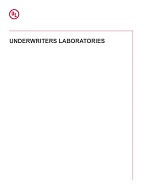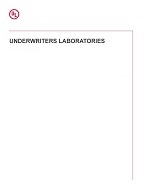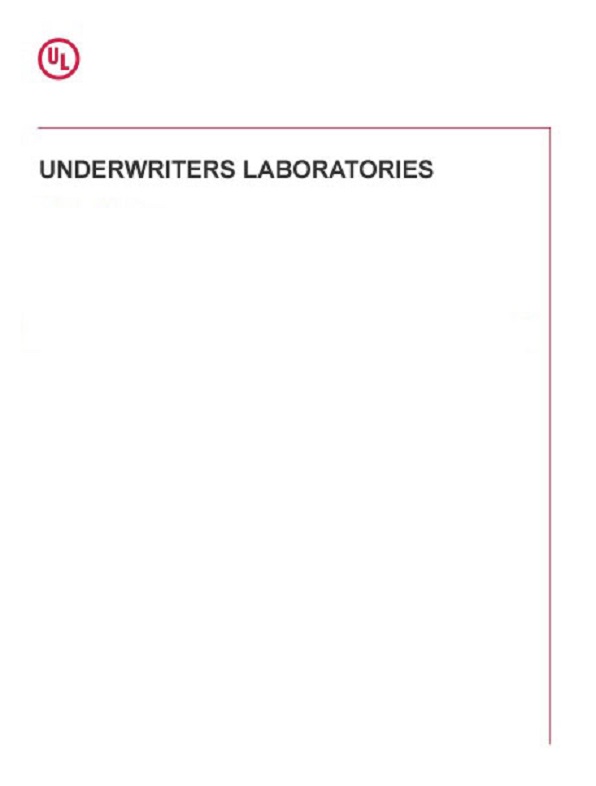
UL 127
Click here to purchase
Please note: All interim revisions for this edition available at time of your purchase will be included.
The requirements in UL 127 cover factory-built fireplaces, including the fire chamber, chimney, roof assembly, and other related parts that are entirely factory-made and that are intended for unit assembly in the field.
These requirements cover factory-built fireplaces having a fire chamber intended to be operated either open to a room or, when equipped with doors, operated with the doors either open or closed.
These requirements cover factory-built fireplaces intended for use with either solid wood or coal fuels.
The factory-built fireplaces covered by these requirements are intended for installation in accordance with the National Fire Protection Association Standard for Chimneys, Fireplaces, Vents and Solid-Fuel Burning Appliances, NFPA 211, and in accordance with codes such as the BOCA Basic/National Code, the Standard Mechanical Code, and the Uniform Building Code.
As covered by these requirements, an air duct system portion of a circulating warm air type fireplace is intended for installation in accordance with the National Fire Protection Association Standard for Warm Air Heating and Air Conditioning Systems, NFPA 90B.
These requirements also cover fixed blowers, and other electrical accessories for factory-built fireplaces, rated at 600 volts or less, and intended to be employed in specified locations in accordance with the National Electrical Code, NFPA 70.
The chimneys for factory-built fireplaces covered by these requirements comply with either a 1700°F (927°C) flue-gas temperature test or a 2100°F (1149°C) flue-gas temperature test, at the manufacturer’s option.
A product that contains features, characteristics, components, materials, or systems new or different from those covered by the requirements in this Standard, and that involves a risk of fire, electric shock, or injury to persons shall be evaluated using the appropriate additional component and end-product requirements to determine that the level of safety as originally anticipated by the intent of this Standard is maintained. A product whose features, characteristics, components, materials, or systems conflict with specific requirements or provisions of this Standard shall not be judged to comply with this Standard. Where appropriate, revision of requirements shall be proposed and adopted in conformance with the methods employed for development, revision, and implementation of this Standard.
Product Details
- Edition:
- 9th
- Published:
- 04/21/2011
- Number of Pages:
- 148

